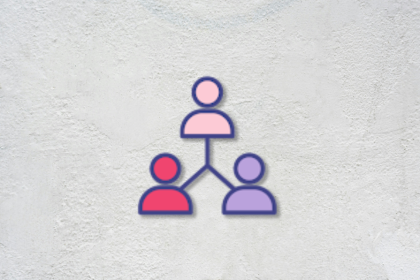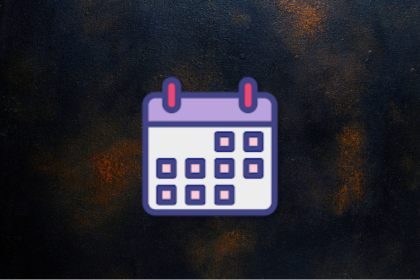
AI PM roles are evolving fast. Learn the five types of AI PMs, the skills they need, and how they shape AI products across industries.

Learn how you can use AI agents to automate workflows, boost productivity, and choose the right tools while avoiding common pitfalls.

Learn how to prepare and launch internal products effectively with real PM examples, readiness pillars, and a practical launch checklist.

Great PMs design strategy as a living process. Explore how to plan for 2026 while balancing alignment with adaptability.

Learn how to turn product success into leadership recognition by connecting outcomes to business impact and building visibility.

Practical strategies to classify, prioritize, and communicate with 20+ stakeholders so product managers can stay aligned and avoid chaos.

What hard skills do PMs need in 2025? Learn how AI tools can help you level up in SQL, Figma, A/B testing, and more.

One of the biggest changes to prototyping has been the rise of tools that leverage the power of AI to simplify the development process.

Whenever I open PM groups on Reddit, Facebook, or WhatsApp, I see people asking the same question: “Will AI take my job?”

In the field of product management, a strong personal brand helps to showcase strategic thinking, leadership, and storytelling.

A well-defined customer discovery process serves as the foundation for building products that customers truly want.

It’s important to distinguish between these roles and create an infrastructure where they come together to build useful products.